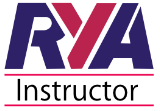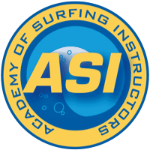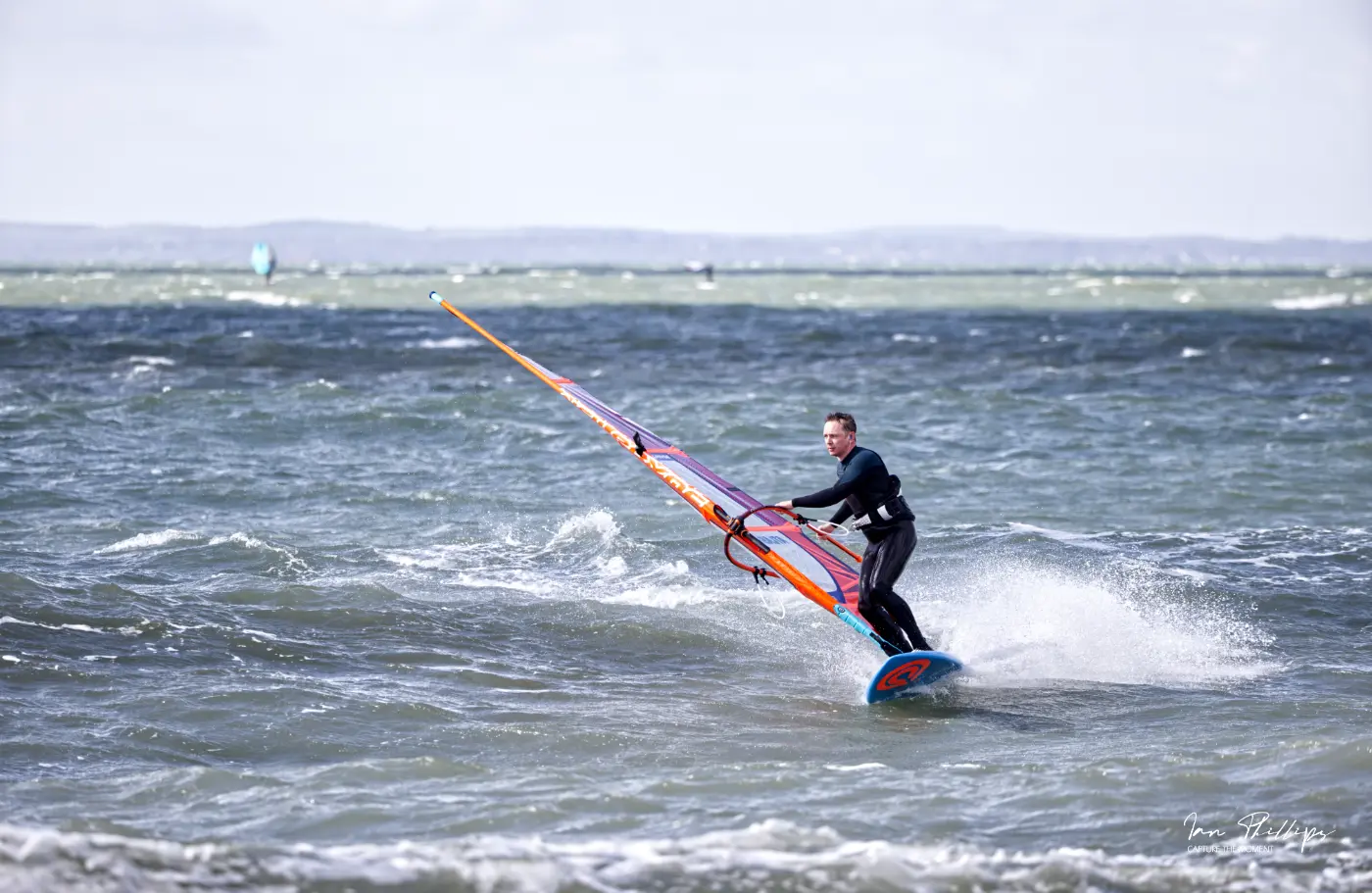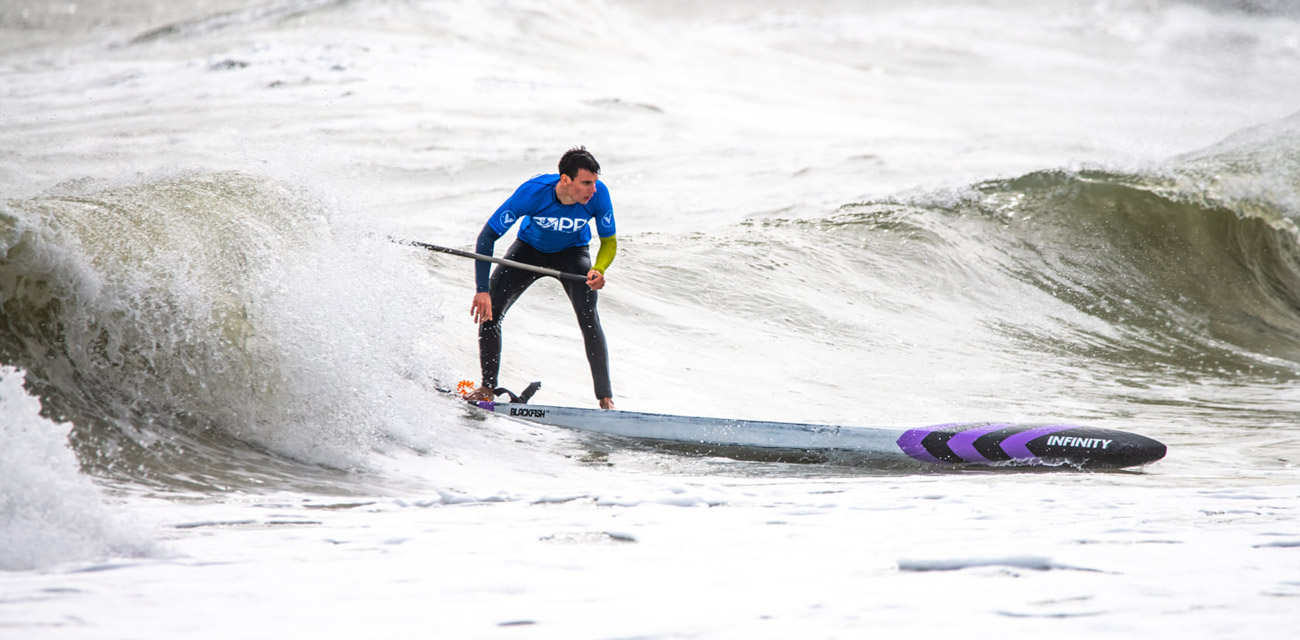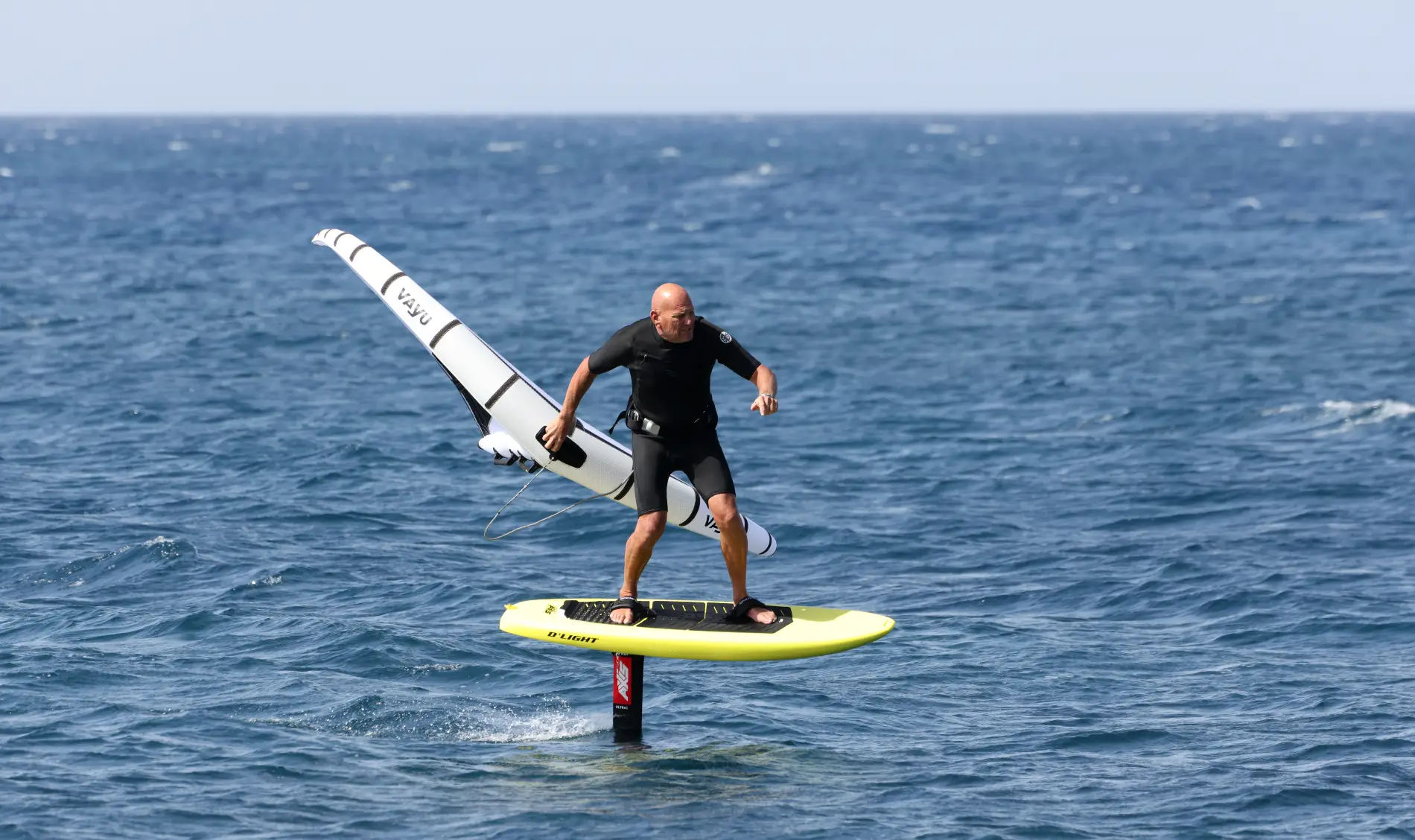Starting out on a paddleboard is super easy, but it really is well worth having a lesson if you want to learn to paddleboard.
Our beginner paddleboarding lessons take place on a really safe canal in Chichester, West Sussex and we provide excellent kit so you have the very best experience.
Depending on the number of people you book into a lesson will bring your prices down. All of our instructors are fully qualified and have a lot of experience in teaching watersports.
The launch
- Put the inflatable stand up paddle board in the water and make sure it is deep enough not to stuff the fin into the ground.
- Now stand alongside the board and lay the paddle across the board just in front of the carry handle.
- Kneel onto the board.
- Holding the paddle correctly you can now paddle about for a while getting used to steering and generally navigating the board.
- Once you’re happy with going around you can try and stand. Don’t hesitate as it’s only water and make sure to hold the paddle in the water as you get up.
Standing up
It is often easier to stand up when the board is moving slightly as it becomes more stable, but the best advice is begin on totally flat water:
- To stand you begin by going form the knees and move one foot back whilst leaning evenly on both hands. Now place the other foot back so you are standing but still with hands on the board/paddle across the board.
- Slowly come to a straight up pose, but on the way up dip the blade of the paddle in the water so it becomes a third leg.
Getting balanced
- This is the biggest challenge for everyone as we’re all different.
- The answer isn’t so much about a defined technique, but simply get on and practice.
- That said, having a wide enough inflatable stand up paddle board will really help and making sure the water is calm.
- For some first timers, balance is hard especially those who haven’t really done much activity like this before so do persevere and if necessary try doing things off the water to get more balance.
- Keep your knees bent , but don’t crouch too low or you cannot paddle.
- Keep the board moving and don’t stop paddling no matter what as this is much like riding a bike and peddling.
- Never raise the paddle up high as your vulnerable.
- Relax your grip on the paddle and keep the lower hand about half way down the shaft.
- Widen your stance as far as the board allows.
- Look forwards and not down.
- Now relax – it’s only water.
The paddle stroke
There’s a few different strokes so lets keep it simple for now and get you moving, but before we do that you need to know how to hold the paddle.
The diagram shows it quite clearly with hands in place, but also the direction in which the blade should point. Note how the slope of the blade is away from the person, never towards.
Another thing to note is that you will probably swap the blade from side to side as you go along every few strokes due to the board steering off of course as you paddle along.
Basic forward stroke
Referring back to our picture shows the person holding the paddle on the left hand side. As a beginner you’ll probably only manage 3 or 4 strokes before the board bends off of course and you will need to switch sides.
Never grip the paddle hard and don’t strain as it will cause muscle aches to take it easy to start with.
Slightly tip forward from the waist and then reach the lower hand forward pushing the blade away from you before dipping it into the water.
Once the blade is fully sunk pull back on the lower hand and stand up. Note that this isn’t the most detailed description of a paddle stroke as it is actually quite complex so for now we’ll keep it simple.
Once your paddle reaches the line of your feet lift the paddle out of the water and reach forwards again.
Paddling backwards
Being able to slow down or even do an immediate on the sport turn is very handy and this is where the reverse stroke comes in.
All you need to do is push the blade in behind your feet and then pull the blade to the front of the board to move the board. The fins will cause the board to rotate more than travel.
The cross bow
Another means of turning the board quickly whilst still moving forwards is to draw the paddle across the front of the board.
Paddle as normal and whilst you’re moving reach the blade out front and across the other side of the board.
Reach it far forward and around the nose which will force the board to turn.
You can do this whilst standing still or moving.
Falling from the board
Everyone falls and there are safe ways to do it. It doesn’t matter if we’re sup surfing or flat water paddling.
Falling
As you feel a fall coming on you need to accept it’s happening and not try to grab or save yourself as that can end up with you falling onto your board and paddle.
Falling onto an inflatable stand up paddle board is not so much of a problem, but falling onto a hard board sup can hurt a lot more especially if you fall down onto your ribs.
When you do fall make sure you land away from the board and don’t try to grab the board on the way down.
Don’t let go of the paddle but hold it away from you.
Be aware of the boards position and especially fins.
Getting back onto your inflatable stand up paddle board
Inflatable stand up paddle boards are quire thick so they are bit hard to get back onto than a smaller surf sup that sits very low in the water.
- Swim up to your inflatable board and reach across and over it.
- Lay the paddle up onto the board.
- Now kick hard to propel yourself up higher and pull at the same time.
- Push your self up and over and then finally lay yourself flat on the board before standing.
